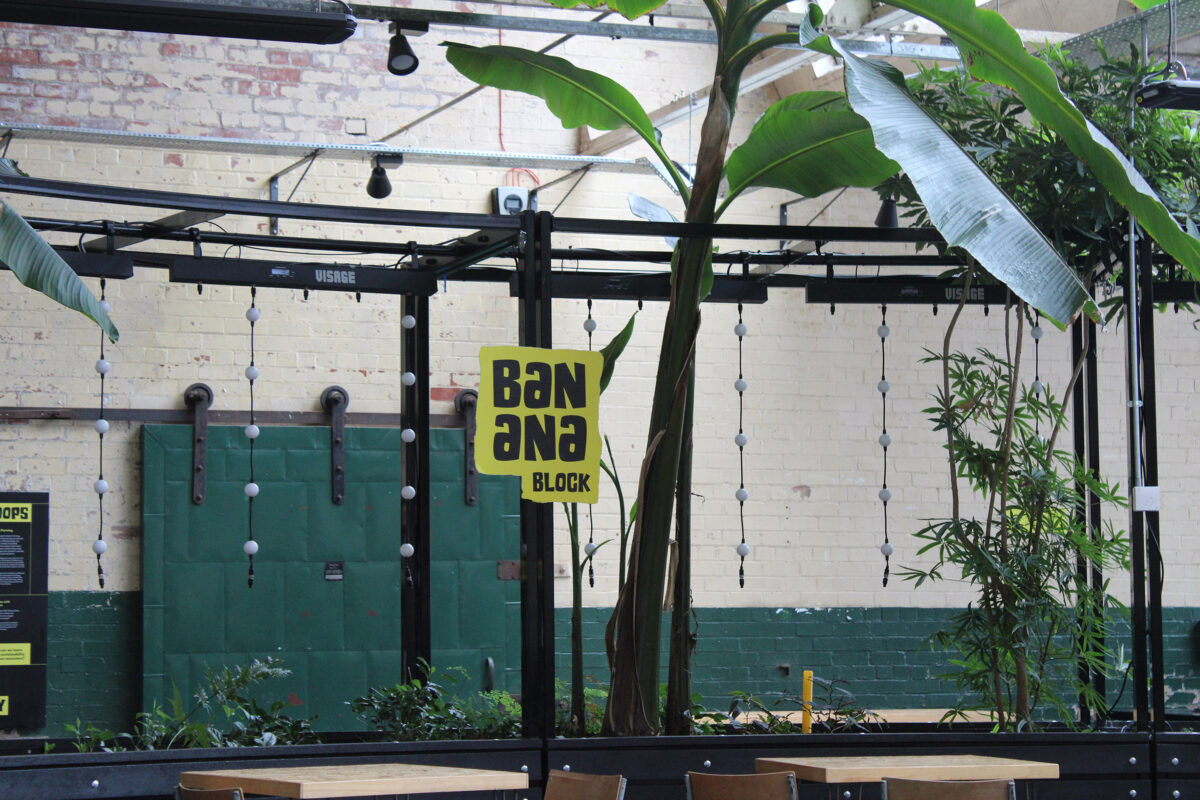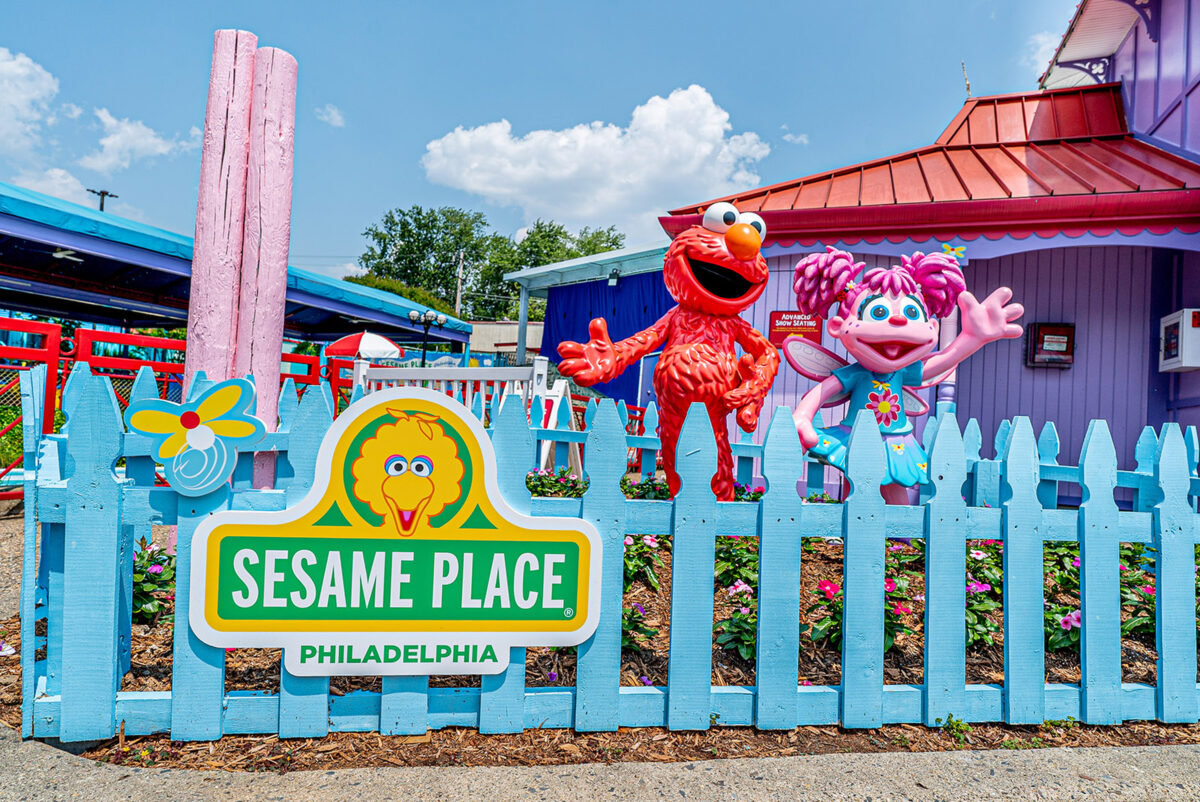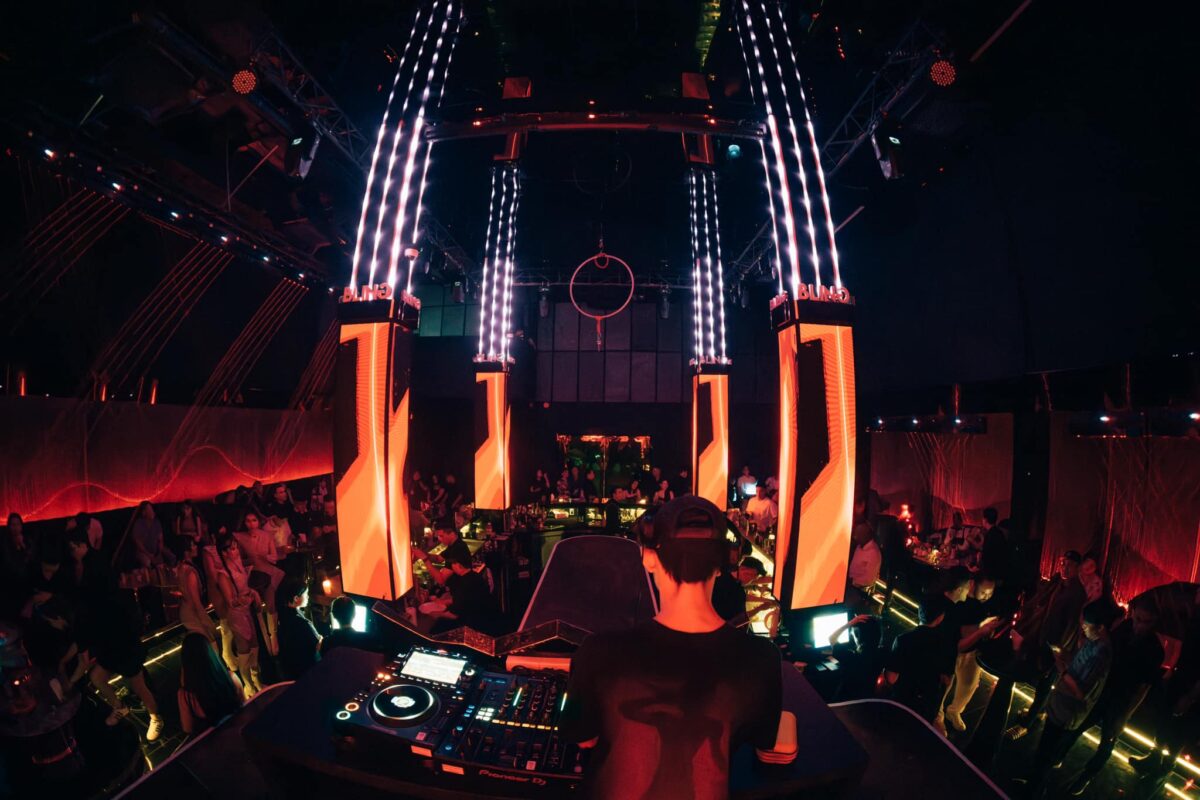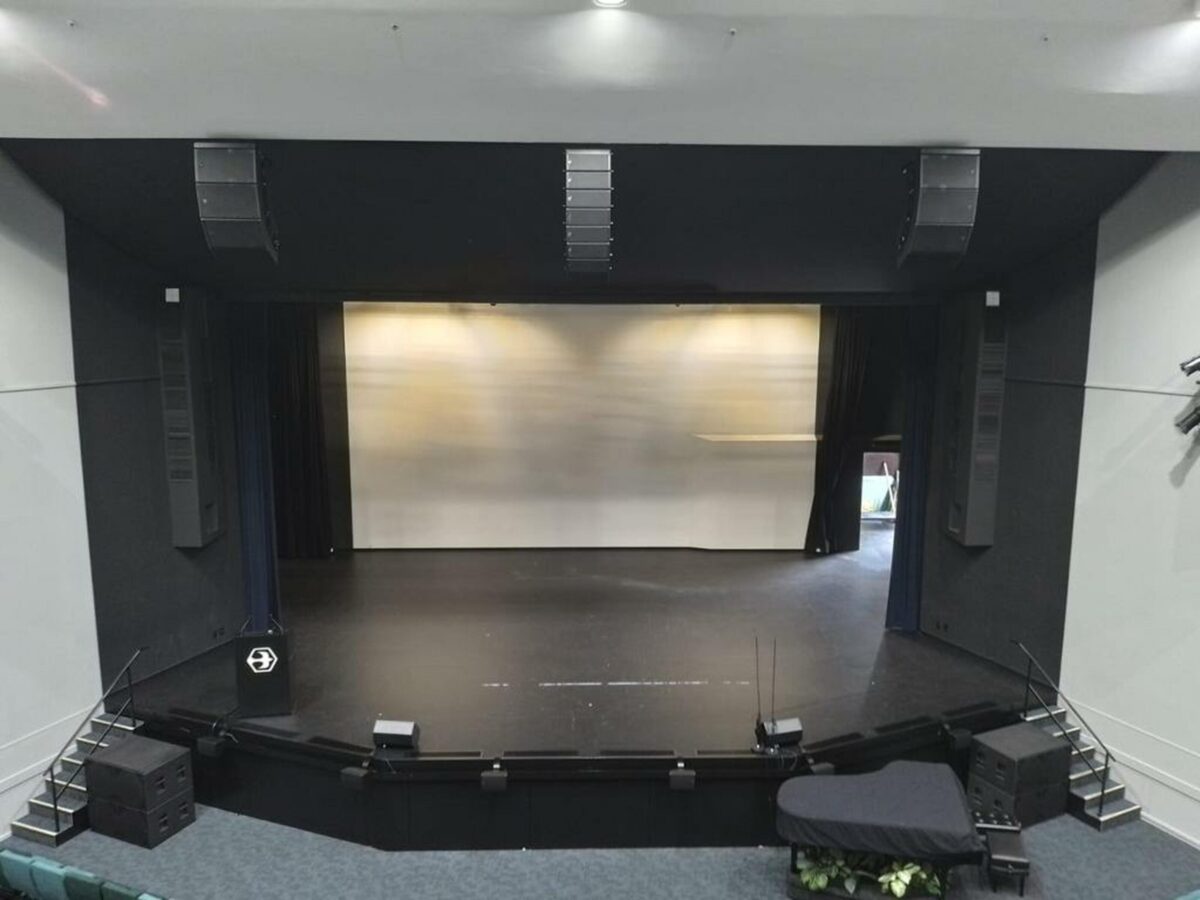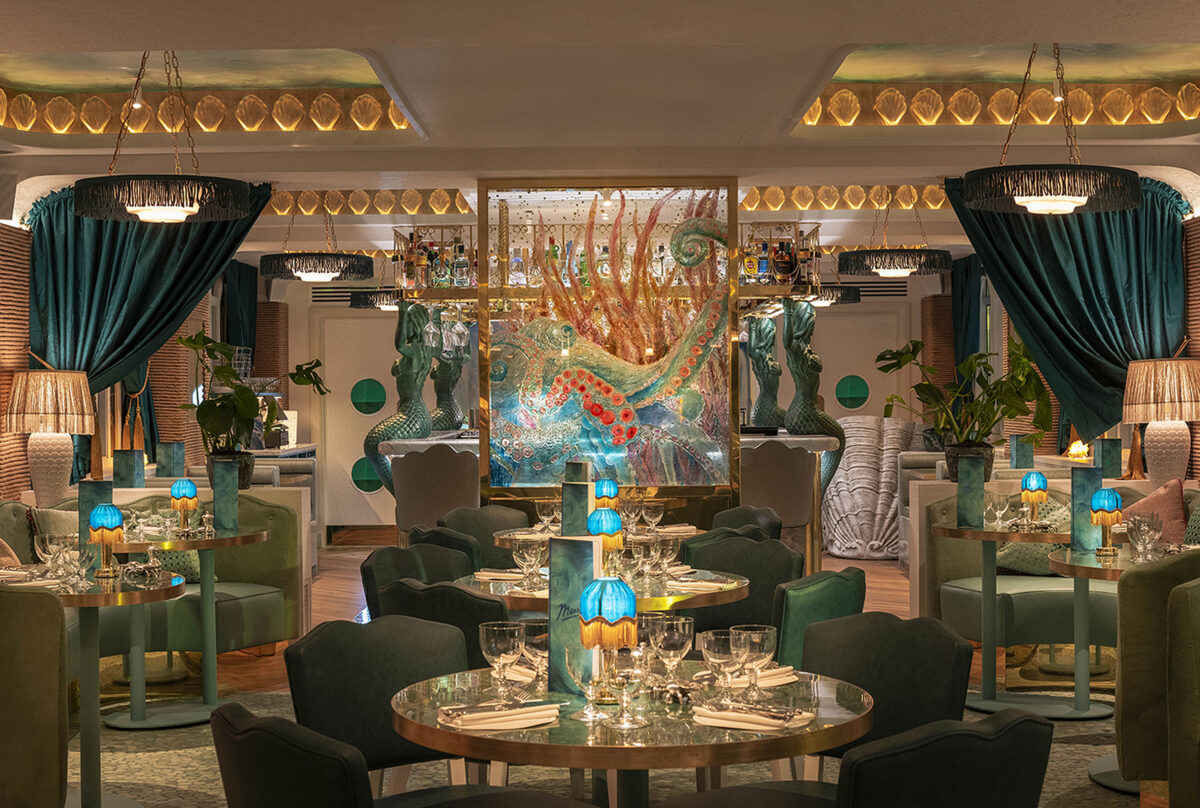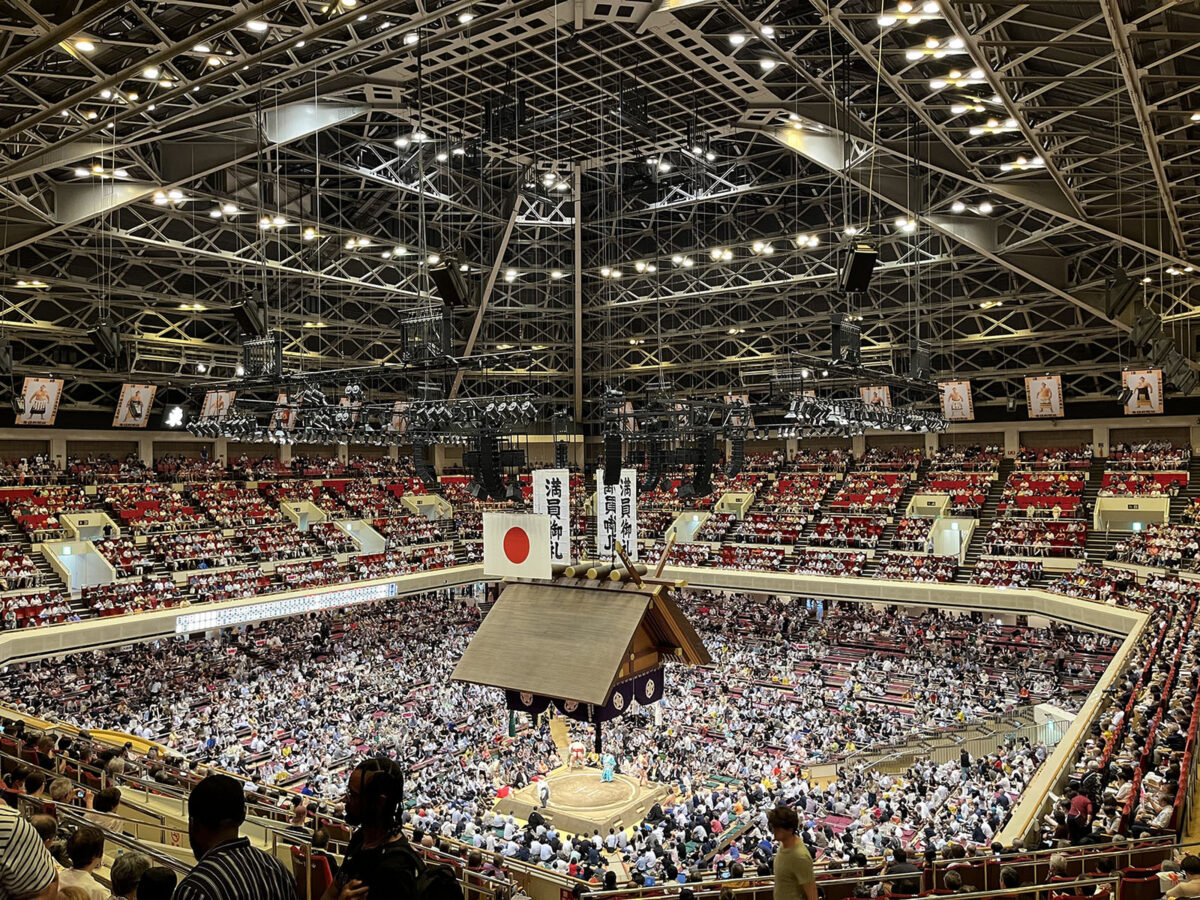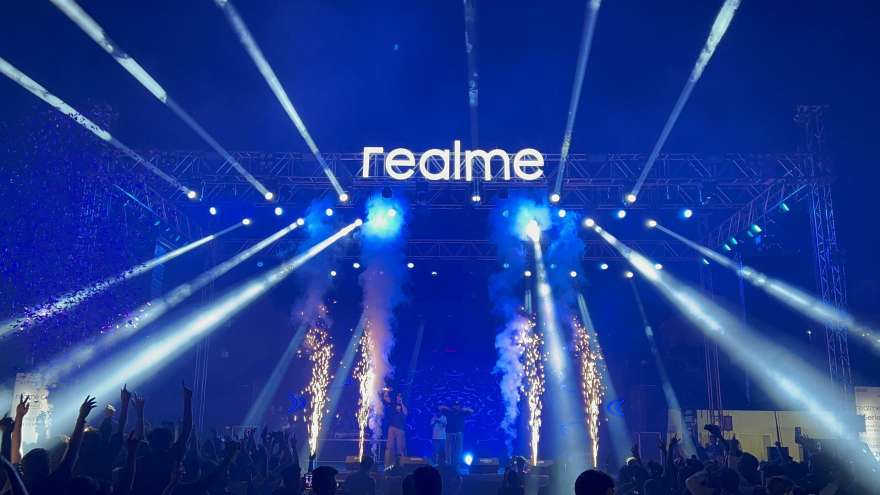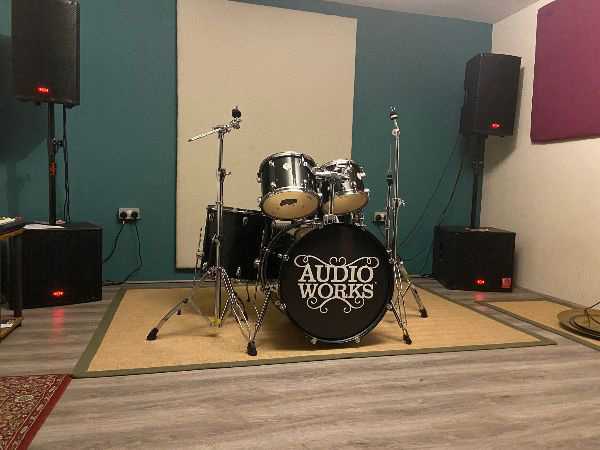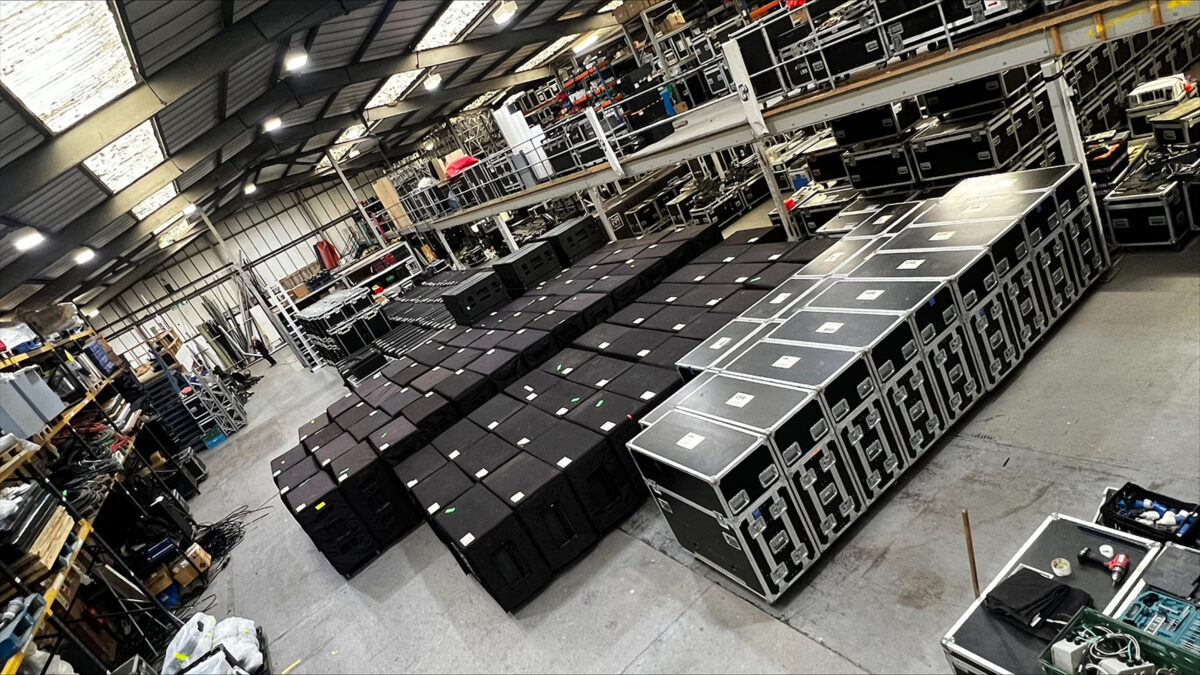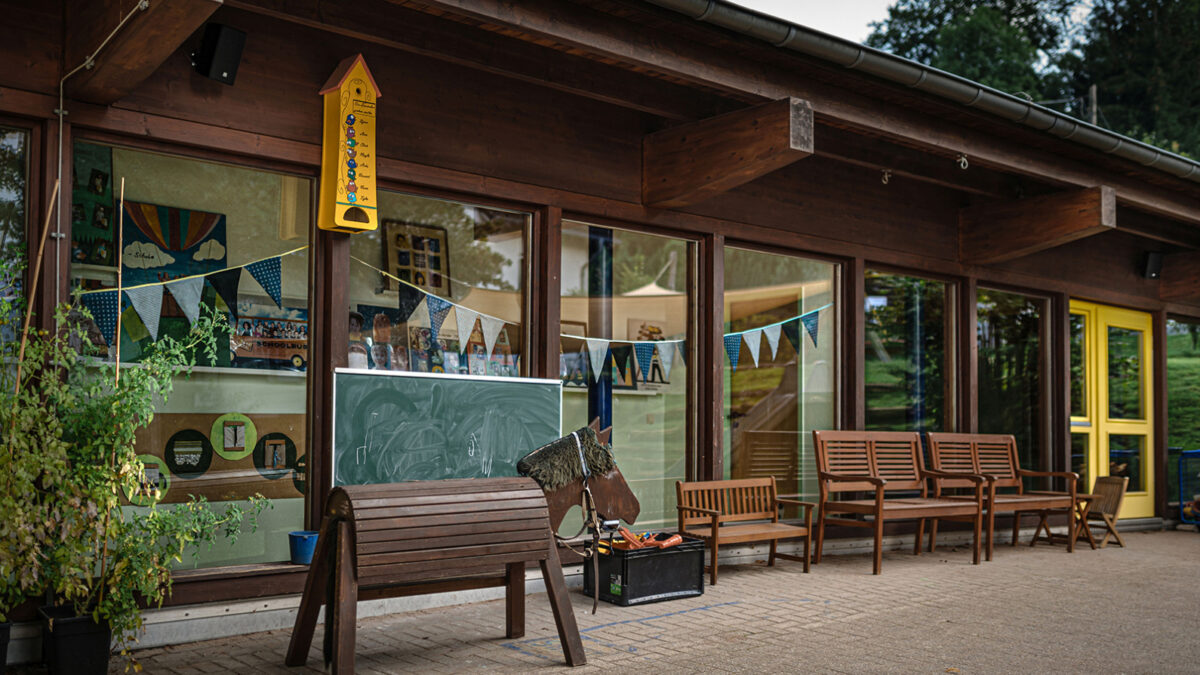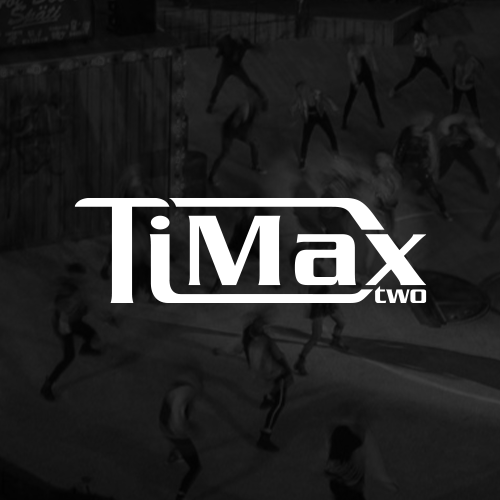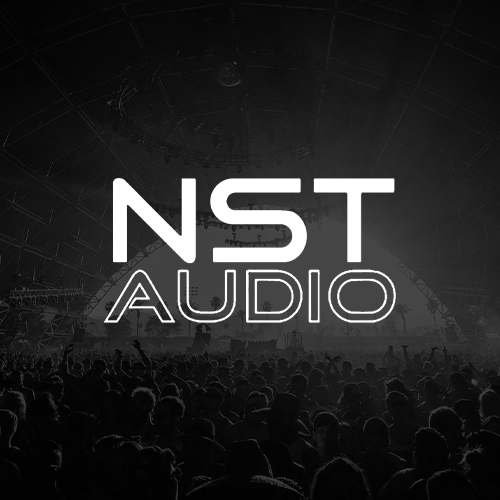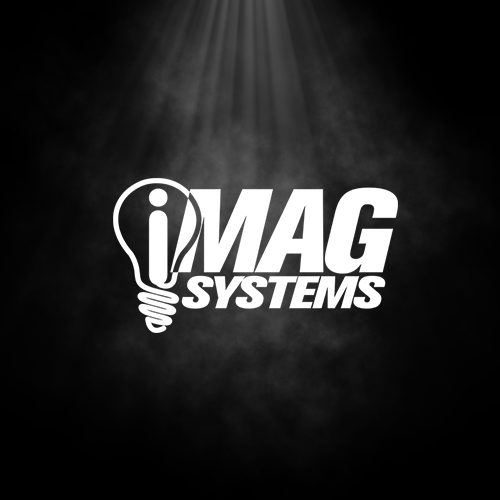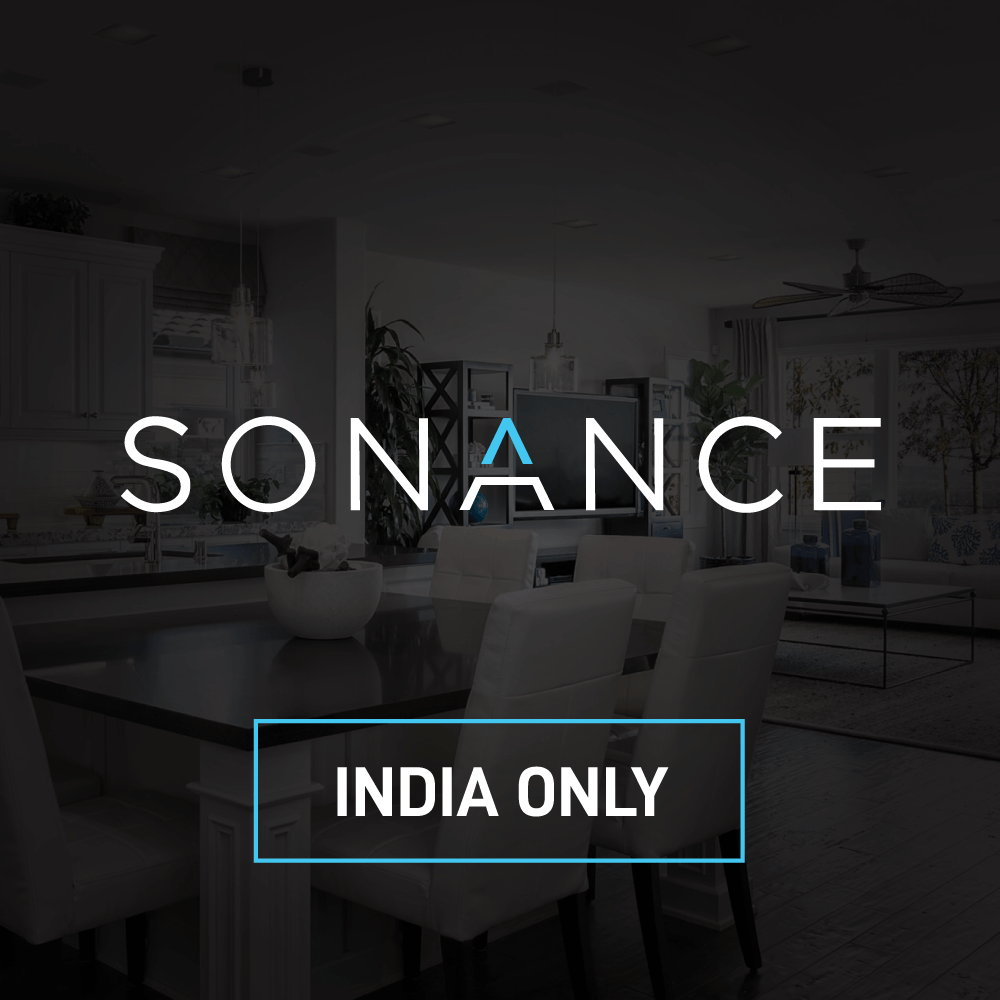Nestled in the heart of East Belfast, Banana Block, a captivating community space, made its debut in October 2021 as a part of an extensive neighbourhood revitalisation initiative. A thriving ecosystem of local talents and diverse activities, this dynamic venue stands as a living testament to the area’s storied past.
From hosting a plant shop and bakery to a record shop, mind hacks, mushroom growers, salsa classes and animal foods, Banana Block’s day-to-day operations buzz with energy. However, its versatility goes beyond daily activities, as it plays a pivotal role in East Belfast’s artistic and entertainment scene. The venue regularly welcomes various events, including art exhibitions, comedy nights, live performances and even parties that attract hundreds of people from near and far.
Conleth McGillan, Production and Programming Manager behind Banana Block shares, “Banana Block is all about upskilling people from our community, especially those who might not have had opportunities elsewhere. We want to give them the chance to learn new skills and understand what goes into running events while aligning with our mission to benefit the working-class community around us. It’s been a game-changer for us as a startup, allowing us to offer more to our community.”
As the demand for events and gatherings has continued to grow in recent months, Banana Block needed a sound system that could adapt to different event sizes and styles. To provide exceptional audio quality, focus on the performers, and enhance the overall visitor experience, Banana Block decided to invest in an upgraded sound system. Turning to Rea Sound for assistance, a point source solution from Martin Audio was recommended and ultimately selected for the install. Roger McMullan, Director of Rea Sound, commented: “We knew the Martin Audio XD15 / SX118 system would be ideal for the Banana Block”.
“I’M GRATEFUL TO MARTIN AUDIO FOR ALLOWING US TO EXPLORE A WIDER SOUND EXPERIENCE”.
The setup included a range of top-tier components to transform Banana Block’s soundscape: Martin Audio XD15 tops, known for their high-performance capabilities, were chosen to deliver crystal-clear sound, ensuring that the audience could immerse themselves in the full richness of the music or performance. To complement the tops and add depth and bass to the audio experience, Martin Audio SX118 Subs were integrated.
For both aesthetic enhancement and equipment protection, wooden front covers enclosed the subs, while fully enclosed padded covers were employed to safeguard the tops during transport and storage, all while preserving their pristine appearance. To maximise mobility, four braked wheels were affixed to the subs, allowing for effortless mobility.
To maintain precise control over the audio signal, a Martin IKON IK42 4-Channel DSP Amplifier, a high-quality digital signal processor (DSP) amplifier, was included. The amplifier was housed in a flight case with a shock mount to safeguard it during transit and handling. Additionally, a K&M 500mm M20 Pole was provided for optimal positioning of the tops at the desired height.
Banana Block has embarked on an incredible journey as McGillan, reflects, “It’s been quite an experience so far. We’ve hosted a few smaller events, including a supper club gathering with a live stream and a DJ, although we encountered some acoustic hurdles due to the venue’s glass surfaces and hard walls. But we’re making significant strides in addressing these issues with planned investments in soundproofing.
“Additionally, we’ve got plans to set up a recording studio, with releases coming up in the next few weeks. Our aim is to transform Banana Block into more than just a standard venue; we want it to be a hub for culture, music, and art.”
With the new Martin Audio system in place, Banana Block can now confidently host a wide range of events with exceptional audio quality. The system’s flexibility allows it to adapt to events of all kinds, whether it’s a small acoustic performance or a high-energy dance party, ensuring that performers can shine, and audiences can fully immerse themselves in the experience.
McGillan concludes: “The whole journey has been a game-changer for us as a startup, enabling us to extend our support and services even further. I’m grateful to Martin Audio for allowing us to explore a wider sound experience, which fuels our excitement about the possibilities for the future and the significant impact we can have on the local creative scene.”

